Amino Acids, Proteins and DNA - DNA (A-Level Chemistry)
DNA
DNA
DNA, or deoxyribonucleic acid, is a polymer that contains the genetic material of every cell in the human body.
The monomers in the DNA polymer are called nucleotides.
Nucleotides (Monomers)
The DNA nucleotide is made up of three parts: a deoxyribose sugar, a phosphate group, and a base.
These are bonded together as you can see in the diagram below:
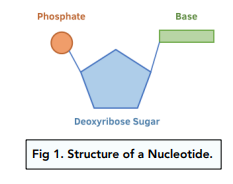
Each nucleotide contains a different base.
There are four possible bases: adenine, guanine, thymine and cytosine.
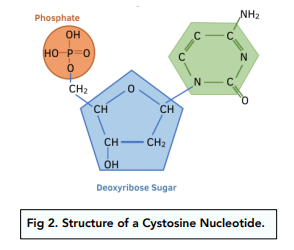
The one in the above image is cytosine, often referred to as C. The others have different letters to symbolise them; adenine (A), guanine (G) and thymine (T), their structures are shown below.
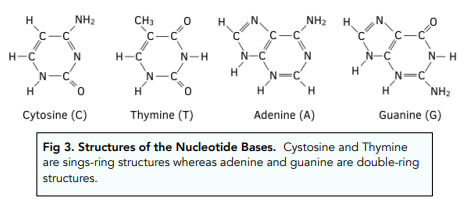
As there are four possible bases, this results in four different nucleotides.
Polymerisation of Nucleotides
DNA nucleotides are joined in a condensation reaction where the -OH group from the phosphate group of one nucleotide reacts with the -OH group of the sugar molecule of another nucleotide.
A molecule of water is lost for each two nucleotides that join in this way in the formation of a polymer chain.
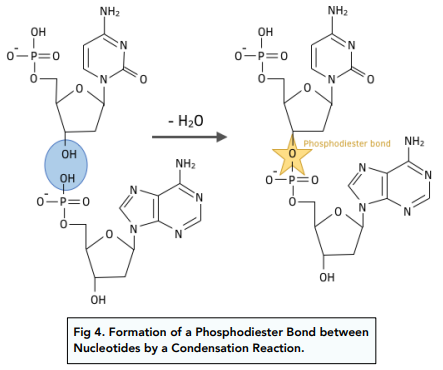
Phosphodiester bonds are the covalent bonds formed between nucleotides when a water molecule is removed.
Polymerisation of nucleotides in this way, produces a polynucleotide with a backbone of sugars and phosphates and different bases attached to the backbone.
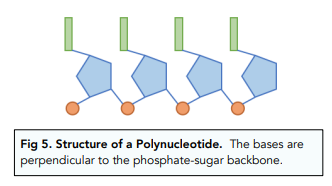
Double Helix Structure
Two of these polynucleotide chains form a double helical structure.
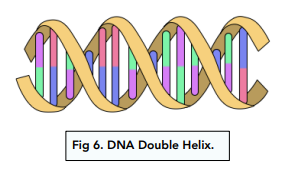
Hydrogen bonding between bases on the nucleotides on two different polynucleotide strands holds the two strands together. Bases will only pair up in the following way:
• Adenine and Thymine – Adenine and thymine will always be paired up and become bonded together by hydrogen bonding. Two hydrogen bonds hold them together. The way the hydrogen bonds form is shown in the following diagram:
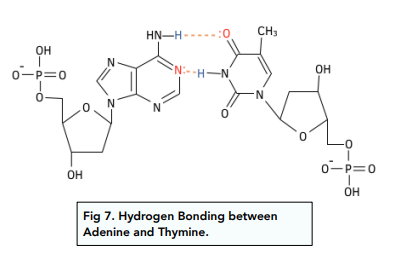
• Cystosine and Guanine – Cytosine and guanine will always be paired up and become bonded together by hydrogen bonding. Three hydrogen bonds hold them together. The way the hydrogen bonds form is shown in the following diagram:
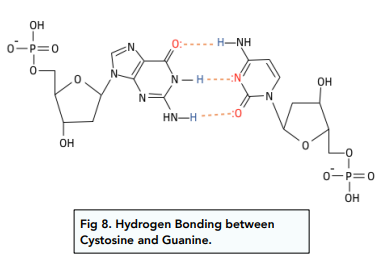





Still got a question? Leave a comment
Leave a comment